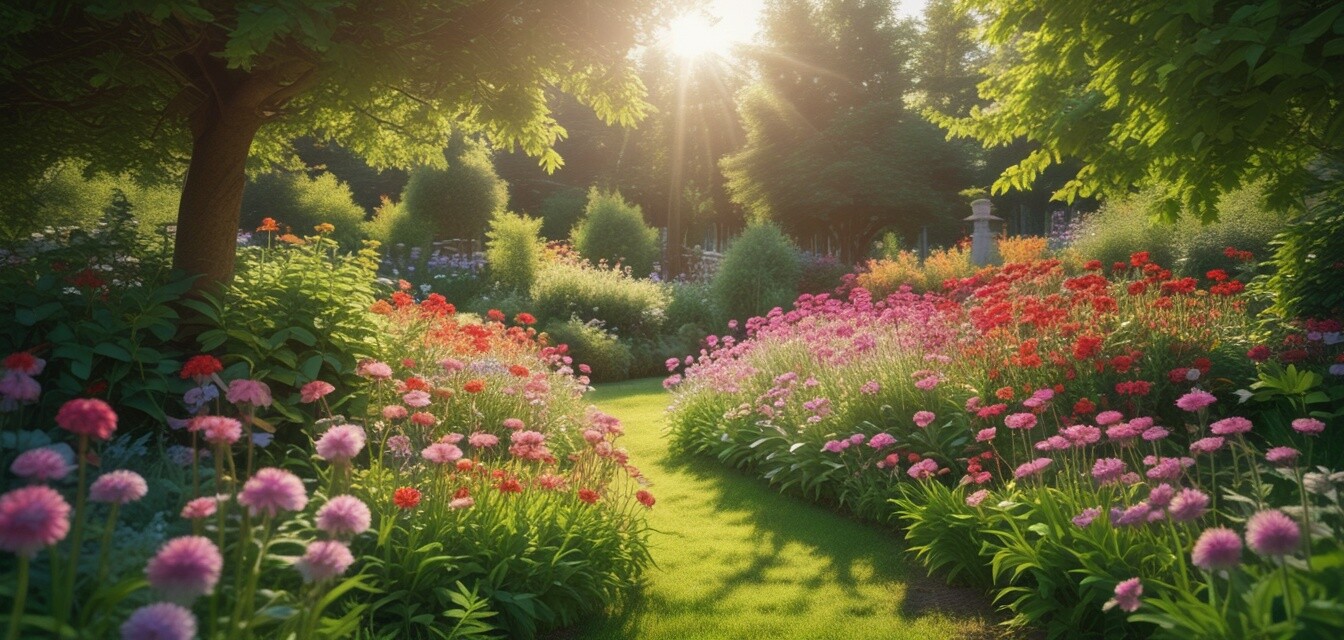
Allergy-Friendly Gardening Tips
- Choose plants that produce minimal pollen.
- The right gardening techniques can greatly reduce allergens.
- Regular maintenance is key to keeping allergens at bay.
- Seasonal timing can impact pollen levels - plan accordingly.
- Consider creating a designated allergy-free zone in your garden.
Gardening is a wonderful way to connect with nature, improve your living space, and enjoy beautiful flowers and plants. However, for those who suffer from seasonal allergies, gardening can be a daunting task. The good news is that with some careful planning and knowledge, you can create a beautiful garden while minimizing allergens. In this article, we'll explore various tips and practices for an allergy-friendly garden, suitable plants, and safe gardening techniques.
Understanding Allergens in Gardening
Before diving into gardening tips and suitable plants, it’s essential to understand the main allergens commonly found in gardens:
- Pollen from flowers, trees, and grasses.
- Mold spores from decomposing leaves or soil.
- Dust and other irritants stirred up during gardening activities.
Choosing Allergy-Friendly Plants
When selecting plants for your garden, aim for varieties that produce less pollen. Here are some great options:
| Plant Type | Characteristics | Benefits |
|---|---|---|
| Low-pollen flowers | Flowers such as petunias and tulips | Bright, colorful blooms with minimal pollen |
| Shrubs and bushes | Examples include boxwood and holly | Provide structure and green space without significant pollen production |
| Herbs | Types like basil and sage | Consume and enjoy their aromatic properties with little to no allergens |
Garden Layout Considerations
The layout of your garden can also play a significant role in managing allergens:
- **Create a designated allergy-free zone:** Designating an area in your garden with only low-pollen plants can provide a safe haven for allergy sufferers.
- **Plan for distance:** Place heavily pollinating plants toward the back of your garden, away from seating areas.
- **Incorporate hardscaping:** Using stones, paths, and patios can limit dust and mold growth.
Maintenance Practices to Reduce Allergens
Regular garden maintenance is crucial for managing allergens. Here are effective practices to consider:
- **Regular lawn mowing:** Keep grass at a short height to reduce pollen. Mow in the late afternoon when pollen levels are lower.
- **Water early in the morning:** Mist your plants with water to settle dust and pollen, doing it when the pollen count is typically lower.
- **Clean up debris:** Regularly remove dead leaves and organic materials where mold can grow.
Timing Your Gardening Activities
Knowing when to perform gardening tasks can greatly impact your allergy symptoms:
- **Check pollen forecasts:** Before heading out, consult local pollen forecasts to plan your activities for times when levels are lower.
- **Choose the right seasons:** Planting in fall and winter may expose you to fewer allergens compared to spring.
Implementing Allergy-Friendly Gardening Techniques
Consider these additional gardening techniques to keep allergens at bay:
- **Raised garden beds:** They can improve drainage and reduce mold growth.
- **Mulching:** Utilizing mulch can prevent weed growth (which may produce additional allergens) and can help reduce the need for chemicals.
Conclusion
Creating an allergy-friendly garden is entirely feasible with careful selections and practices. By choosing the right plants and implementing effective maintenance strategies, you can enjoy gardening while minimizing allergic reactions. With these tips, you will be well on your way to cultivating a delightful outdoor space without the worry of triggering allergy symptoms. For further insights on how to maintain a healthy living space, explore our articles on air purifiers and allergy-proof bedding.
Pros
- Enhances outdoor living space while considering health.
- Establishes a more enjoyable gardening experience for allergy sufferers.
- Provides information that can help guide better choices in plant selection.
Cons
- May require extra planning and research for suitable plants.
- Some allergy-friendly plants may be less colorful or fragrant.